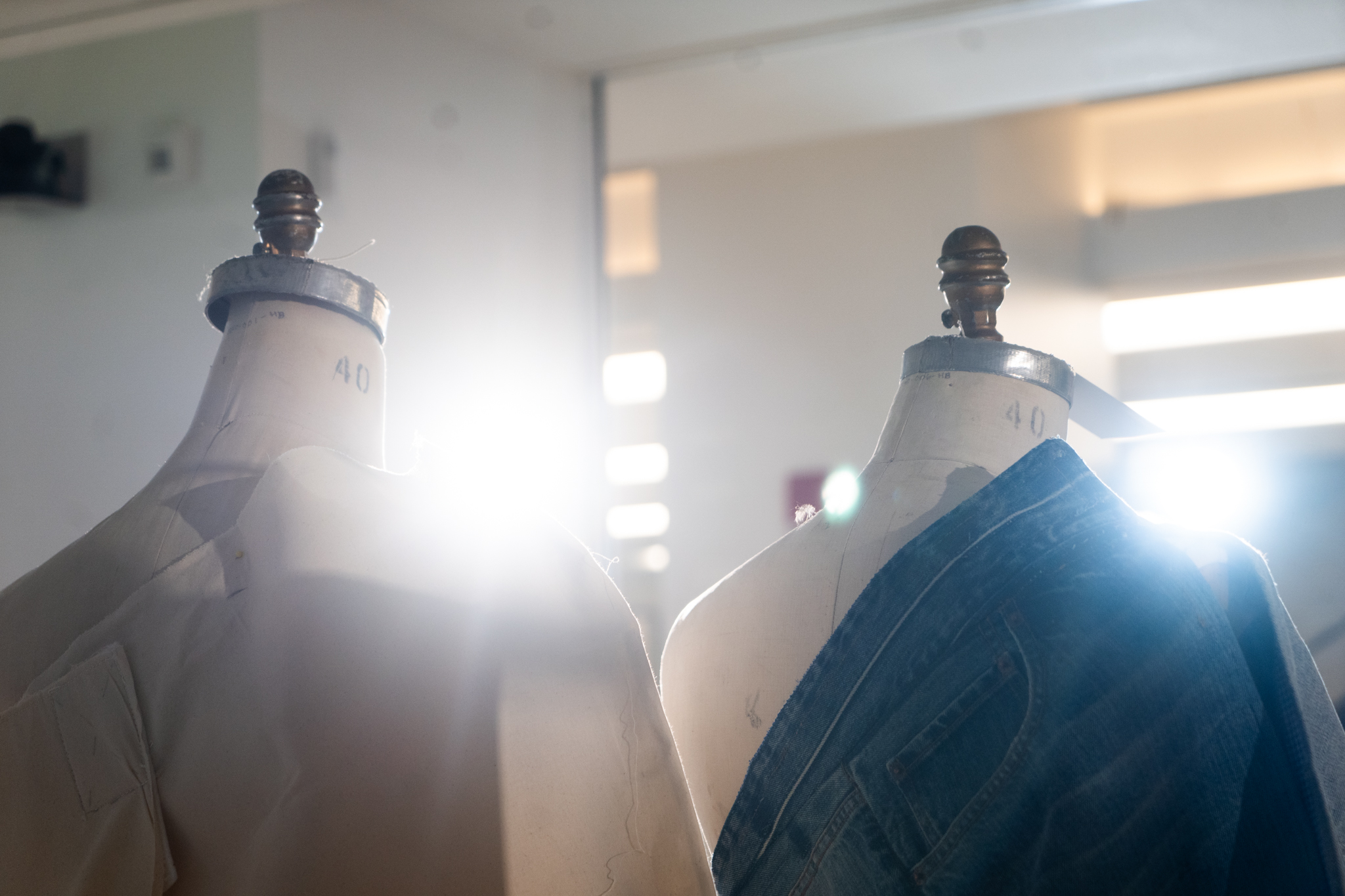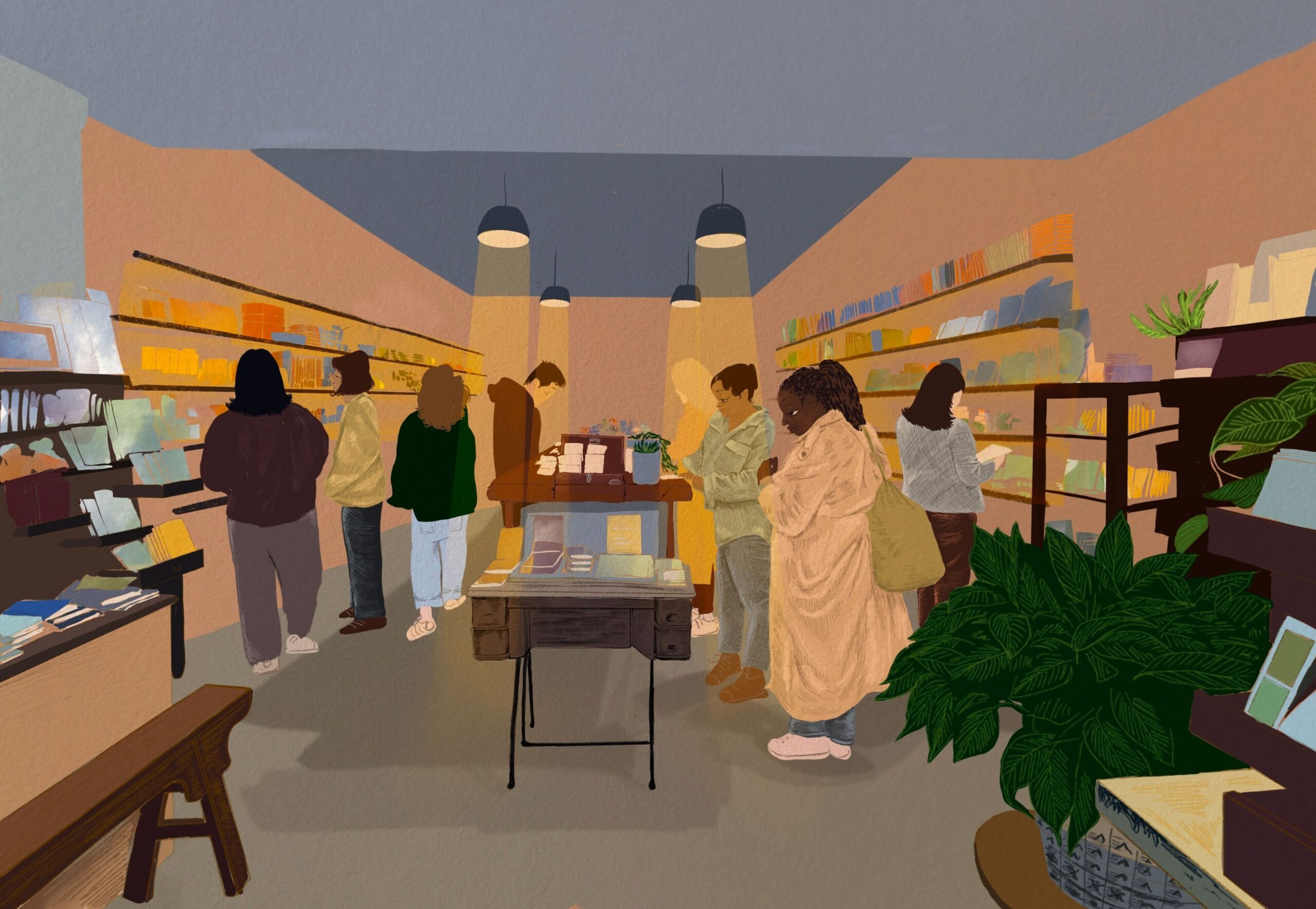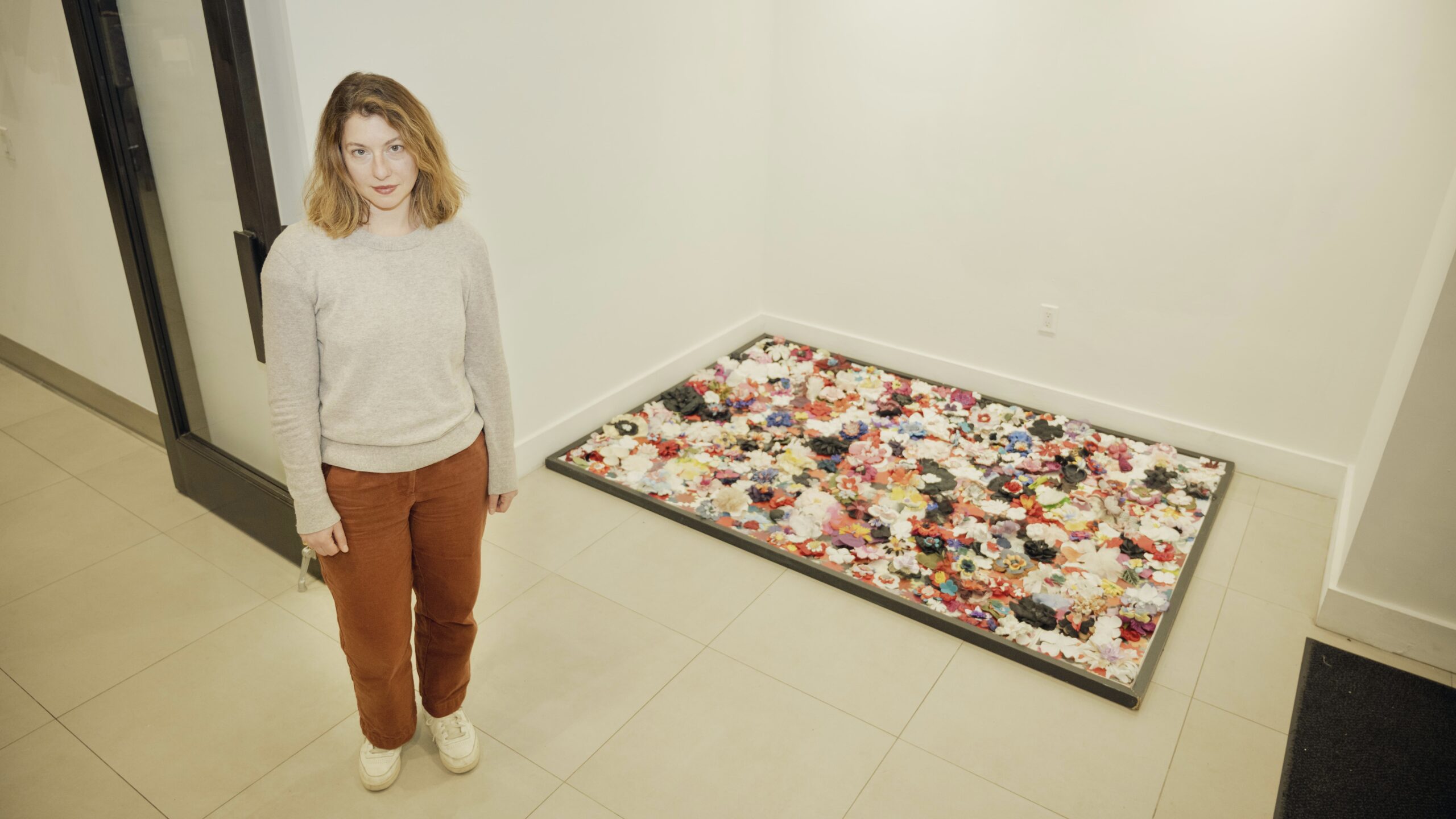The Occupy Wall Street movement may have began as a small group of people protesting against our nation’s economic system, but over the past few weeks it has grown into something more: all across the country, communities are rising up and airing their local grievances. The rallying spirit has spread from Portland, Oregon to Northampton, Massachusetts; in a town in Western Alaska, with a population of 6,400, one woman stood alone with her three dogs in frost-covered grass holding a sign: “Occupy the Tundra.”
Here at The New School, students and faculty have also been captured by the OWS spirit. Plenty have taken part in the downtown demonstrations — hundreds gathered in the Vera List Courtyard and marched to Foley Square on October 5 — but they have also used the demonstrations as a launching point to air their own grievances about the university.
On October 14, around 30 students gathered in the courtyard again. This time, they weren’t marching — they were having an open discussion about issues with the university. Among those discussed were tuition hikes, a lack of campus space, and a “laughable library.” At one point, President David Van Zandt appeared, accompanied by the vice president of student services, Linda Reimer.
That discussion represents an important step forward for the New School community. Just as OWS has raised the issue of wealth inequality and economic corruption in America, a similar awareness has come to light within our university.
For a long time, students and faculty at The New School have been troubled by the university’s lack of transparency. A complicated bureaucracy casts a veil over the administration, so that an enormous disconnect exists between the people who run our school and the people who study and work at it. While Van Zandt deserves credit for his efforts to change this — he has held town hall meetings, met with student organizations, and started a service improvement initiative — it is time that The New School’s hypothetical 99 percent play a role, too.
Students at Eugene Lang College pay the fifth-highest combined tuition in the country, according to the college news website Campus Grotto. Graduate students at The New School for Social Research, meanwhile, receive significantly less tuition support from the university than their counterparts at other New York schools. The Free Press reported in March that only 17 percent of Ph.D. students at NSSR receive full financial support, compared to 100 percent of students at NYU and Columbia University. In addition, the $353 million University Center, currently under construction at 65 Fifth Ave., has further strained The New School’s finances.
Members of The New School community have a right to demand answers to questions, to have a say in how the university handles its finances. After all, the university has an almost insignificant endowment — most of its money comes from student tuition. If students are the primary source of the school’s income, they should care about where that money goes.
The discussion in the Vera List Courtyard was a start, but more can be done. Let’s have more discussions, more town hall meetings, and more student committees with more influence. Let’s find out what the administration is doing to improve the university for us, to make our years here worth the amount that we’re paying. And if the administration isn’t doing it, let’s demand that they do.
Calls for economic transparency and fiscal responsibility shouldn’t be restricted to Wall Street. Let’s bring the values and demands of OWS up to West 12th.
By the NSFP staff







Leave a Reply